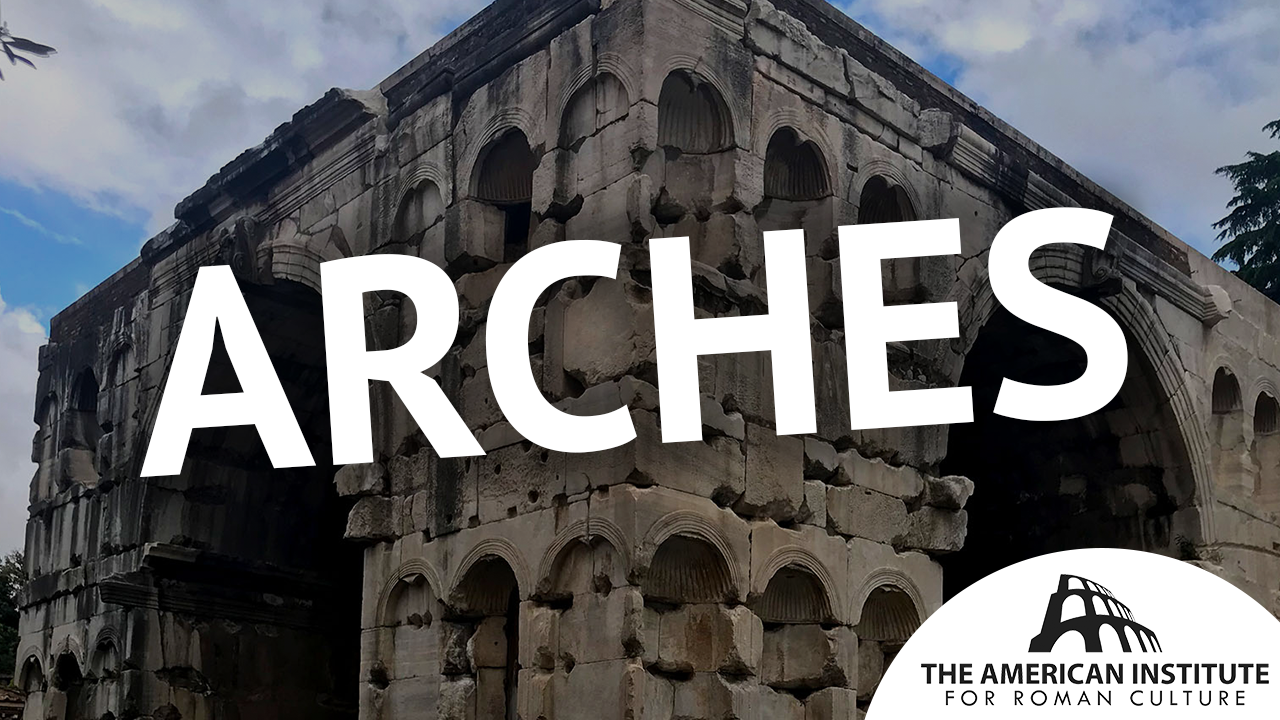The arch is the quintessential feature of Roman architecture. While the Romans did not invent the arch, they were the first to fully harness its potential. Unlike the post-and-lintel system used by the ancient Egyptians and Greeks, arches distribute weight more evenly, allowing for larger and more complex buildings. Arches, along with domes, vaults, and concrete, played a key role in the Roman architectural revolution that produced some of the most iconic structures in history and had a lasting impact on Western architecture.
The earliest Roman arches were built in the 4th and 3rd centuries BCE. It is believed that the Romans adopted the arch from the Etruscans, an Italic people that influenced much of Rome’s art and culture. These early arches were used in modest projects, such as town walls. A noteworthy example of these early arches can be seen in the city gate of Falerii Novi, built around 240 BCE.
As Rome grew in wealth and power, arches became essential to building monumental structures such as amphitheaters, aqueducts, bridges, and baths. The Aqua Claudia, Colosseum, and Baths of Diocletian are all examples of massive building projects made possible by arches. Interestingly, the Romans continued to incorporate traditional Greek post-and-lintel elements into their designs, even though they were no longer structurally necessary. This is evident in the Colosseum, where decorative columns flank the arches purely for aesthetic purposes. As Rome adopted Christianity in the 4th century CE, these pagan symbols became less popular. Buildings from this era, such as the Mausoleum of Galla Placidia in Ravenna, continued to use arches but omitted columns and other Greek features.
In addition to their structural use, the Romans built freestanding arches as monuments. These triumphal arches celebrated the achievements of commanders and emperors. During the imperial period, these arches became increasingly elaborate, often adorned with detailed sculptures depicting the honored emperor and his deeds. Notable examples in Rome include the arches of Titus, Septimius Severus, and Constantine.
Even after the fall of the Roman Empire, the arch remained a central feature in Western European architecture. It was a defining element in styles such as Romanesque, Gothic, Renaissance, Baroque, Rococo, and Neoclassical design. In the East, where the Roman Empire endured for another thousand years, architects continued to innovate with the arch, culminating in masterpieces such as the Hagia Sophia. Hundreds of Roman arches still stand today, and their legacy endures in modern engineering and architectural design.
In Rome:
- Arch of the Argentarii
- Arch of Augustus
- Arch of Constantine
- Arch of Drusus
- Arch of Gallienus
- Arch of Janus
- Arch of Titus (Forum)
- Arch of Titus (Circus Maximus)
- Arch of Septimius Severus
Bibliography
- Britannica, The Editors of Encyclopaedia. (2024). “Triumphal Arch.” Encyclopedia Britannica. https://www.britannica.com/topic/triumphal-arch
- Jun, Anthony. (1875). “Arcus.” In the Dictionary of Greek and Roman Antiquities (p.124-125). Retrieved from: https://penelope.uchicago.edu/Thayer/E/Roman/Texts/secondary/SMIGRA*/Arcus.html
- Platner, Samuel. (1929). “Arcus.” In A Topographical Dictionary of Ancient Rome (p.33-47). Retrieved from: https://penelope.uchicago.edu/Thayer/E/Gazetteer/Places/Europe/Italy/Lazio/Roma/Rome/_Texts/PLATOP*/arcus.html
This content is brought to you by The American Institute for Roman Culture, a 501(C)3 US Non-Profit Organization.
Please support our mission to aid learning and understanding of ancient Rome through free-to-access content by donating today.
Cite This Page
Cite this page as: Darius Arya, The American Institute for Roman Culture, “Arcus (Arches, General)” Ancient Rome Live. Last modified 09/27/2024. https://ancientromelive.org/arcus-arches-general/
License
Created by The American Institute of Roman Culture, published on 11/11/2019 under the following license: Creative Commons: Attribution-NonCommercial-ShareAlike. This license lets others remix, tweak, and build upon this content non-commercially, as long as they credit the author and license their new creations under the identical terms. Please note that content linked from this page may have different licensing terms.





